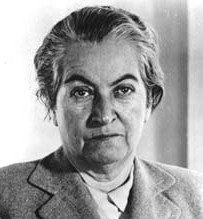In the twenty-eighth chapter of our collection, we have gotten to know the region of Valparaiso.
Region of Valparaiso
-
The region of Valparaiso’s northern border is the region of Coquimbo, to the south its limit is the Metropolitan region, to the east its border is Argentina and to the west it runs into the Pacific ocean.
-
The region’s total population is 1,539,852 inhabitants, which equals 10.2% of the national total.
-
The regional capital is Valparaiso and administratively it is split into seven provinces: Petorca, San Felipe de Aconcagua, Quillota, Los Andes, Valparaiso, San Antonio and Easter Island.
Physical and hydrographical geography and climate
-
The intermediate depression begins south of the Aconcagua river, between the Coastal and Andes mountain ranges.
-
The most important waterways of the region of Valparaiso are the Petorca, Ligua and Aconcagua rivers.
-
In this region there are five types of climate in the continental zone: steppe climate with abundant cloudiness, warm temperate, temperate steppe with winter precipitation, cold mountain steppe and high mountain tundra climate.
Economy, biogeography and tourist attractions
-
The main regional activities are agriculture, metallic and non-metallic mining, fishing and industries.
-
The biogeography present in the region’s insular zone is mainly characterized for being endemic.
-
A few of the province of San Antonio’s main tourist attractions are: Algarrobo, El Quisco, Las Cruces and Cartagena.
«Authorized for publishing by Resolution Nº190 from June 12th 2008 by the National Office of State Borders and Boundaries.
The publication and circulation of the maps that refer or are related to Chile’s boundaries and borders do not make a commitment on the part of the State of Chile, in accordance with Art. 2º, letter g) of the DFL (decree) Nº83 from 1979 by the Ministry of Foreign Relations«.




